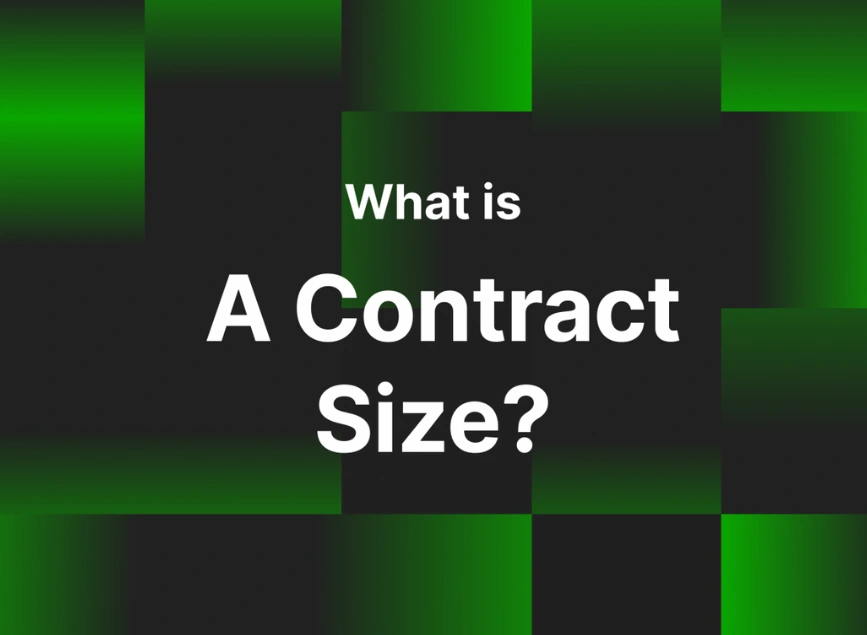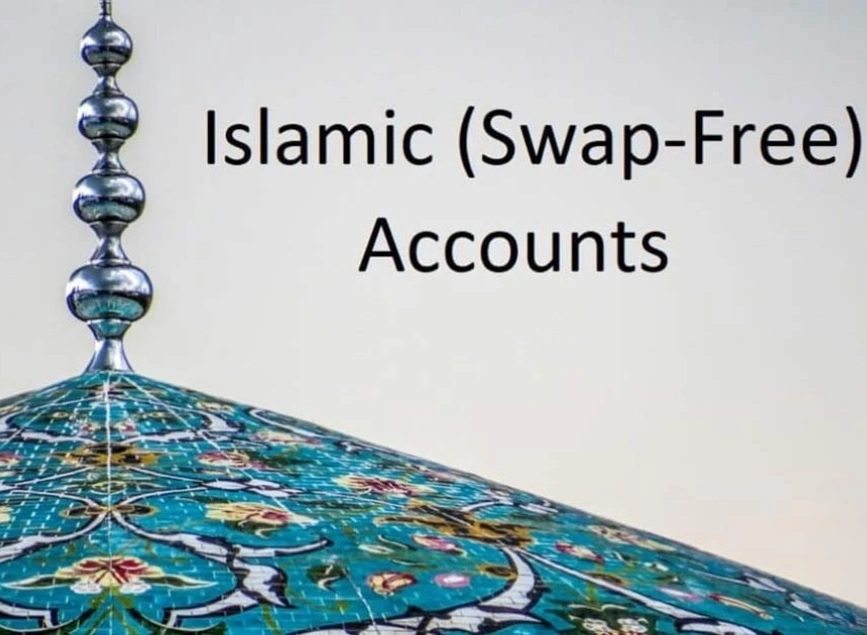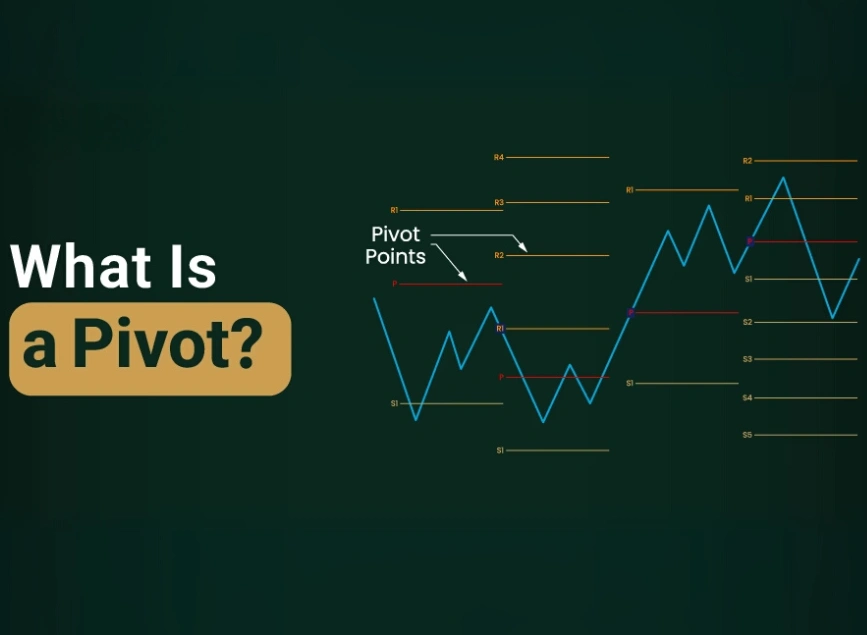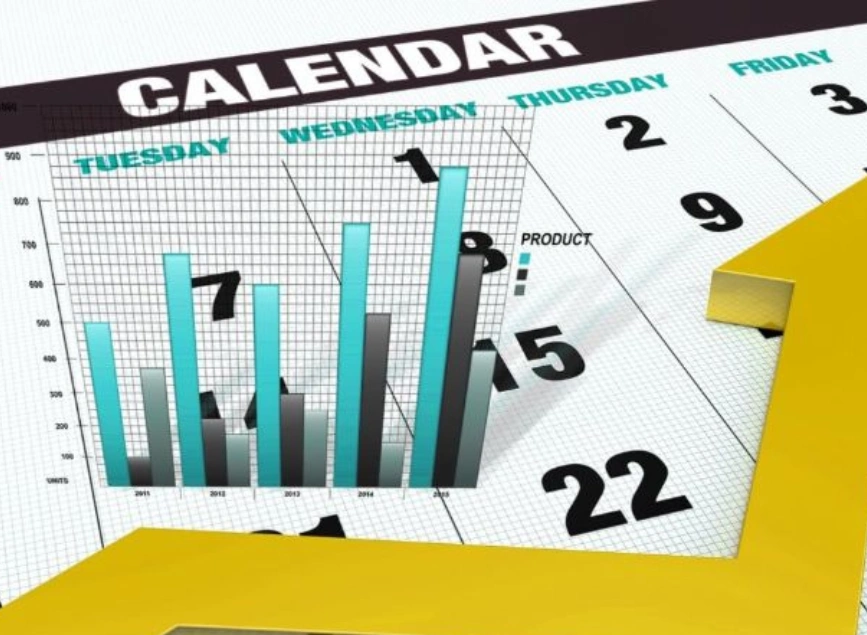
Contract Size in Trading: How Lot Size Impacts Risk and Profits
Estimated reading time: 3 minutes
Table of contents
Thinking of trading Forex or futures? Whether you’re trading stocks, currencies, or commodities, knowing the contract size is the first step to smart decision-making.
Contract size defines how much of an asset one contract represents. This determines your exposure, pip or tick value, margin requirement, and ultimately your risk and reward.
In this guide, you’ll learn exactly what contract size means, why it’s critical, and how to use it to trade with confidence and discipline.
What Is Contract Size?
Contract size is a standardized amount of the underlying asset in a single futures, options, or Forex position.
- In forex, a standard lot is 100,000 units of the base currency; mini (10k), micro (1k), and nano (100 units) are also common.
- In futures, contract size varies, e.g., crude oil is 1,000 barrels, gold is 100 troy ounces.
This standardization ensures clarity on how much you own or sell, essential for calculating profit or loss per pip/tick and qualifying margin.
🔄 Contract Size vs. Lot Size in Forex
While often used interchangeably, they’re different:
- Contract size is the fixed total amount (e.g. 100,000 EUR).
- Lot size is the fraction you trade, standard (1 lot), mini (0.1 lot), micro (0.01), nano (0.001).
📌 Example: A micro lot of EUR/USD = 1,000 units (0.01 × 100,000). It reduces risk and allows precise position sizing.
Why Contract Size Matters
1. Risk Management
Know exactly how much market exposure your contract gives to set realistic stop-loss and position sizes.
2. Leverage & Margin
Margin requirement = (Contract size × price) ÷ leverage. Larger contracts need more margin, understanding this prevents margin calls.
Read More: How AI is Revolutionizing Stock Trading & Picking
3. Profit/Loss Calculation
Pip or tick value depends on contract size:
- Forex standard lot = ~$10 per pip.
- Micro lot = ~$0.10 per pip.
4. Liquidity & Accessibility
Smaller contracts (micro, nano, e‑micro futures) let beginners trade with lower capital and fine-tune entry levels.
📊 Table: Popular Contract Sizes
| Market | Contract Size | Pip/Tick Value | Best for |
|---|---|---|---|
| Forex standard lot | 100,000 units | ~$10/pip | Experienced traders |
| Forex mini lot | 10,000 units | ~$1/pip | Intermediate control |
| Forex micro lot | 1,000 units | ~$0.10/pip | Beginners & small accounts |
| Futures (crude oil) | 1,000 barrels | e.g., $10/tick | Commodity traders |
| Futures (E-mini S&P) | 1/5 size of standard (~$50×index) | Varies | Index exposure with lower risk |
🛠️ How to Use Contract Size Effectively
- Check contract specs in your platform for each asset.
- Decide position size based on your risk per trade (e.g., 1–2% of account).
- Calculate required margin using leverage and contract size.
- Factor in pip/tick value to estimate your potential P&L.
- Adjust lot size—use micro or mini contracts if margin or risk is too high.
✅ Summary
Contract size is not just a technicality—it shapes how much you risk, how much margin you need, and how quickly your P&L reacts.
👉 Your next step: pick a market (e.g., EUR/USD or crude oil), find its contract size on your platform, then calculate the risk and margin for one micro or standard lot. Share your findings or questions below!
❓ FAQ
1. Can contract size change?
No, contract sizes are standardized by asset and exchange. Only lot size varies based on your position.
2. Does contract size affect leverage?
Indirectly, larger contracts require more margin, so you may use less leverage or need more capital.
3. Are micro and nano lots available for all pairs?
Most brokers offer micro lots; nano lots depend on broker and account type.
4. How do I calculate pip value?
Pip value = (Contract size × pip size) × exchange rate, check platform calculators or use standard values like $10/pip for a standard lot.
Share
Hot topics

Top 5 Made in America cryptocurrencies You Should Watch in 2026
In a world where decentralisation aims to blur national boundaries, you might think location doesn’t matter. But that’s not quite true. Some of the most powerful, innovative, and influential cryptocurrency...
Read more




Submit comment
Your email address will not be published. Required fields are marked *